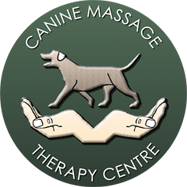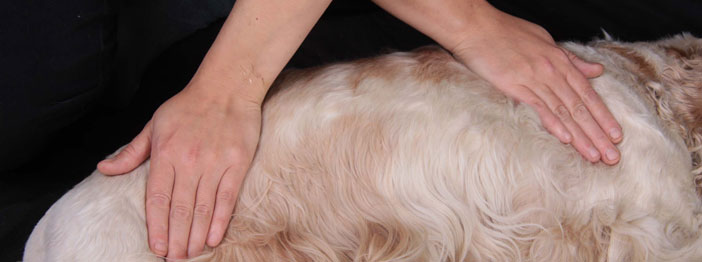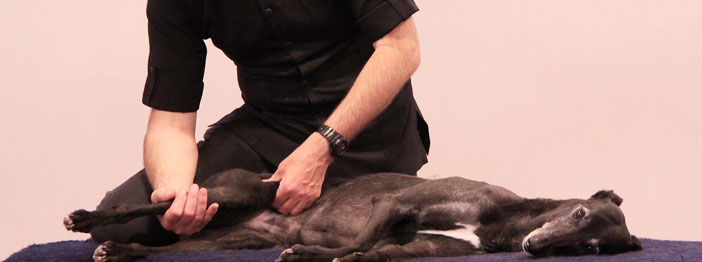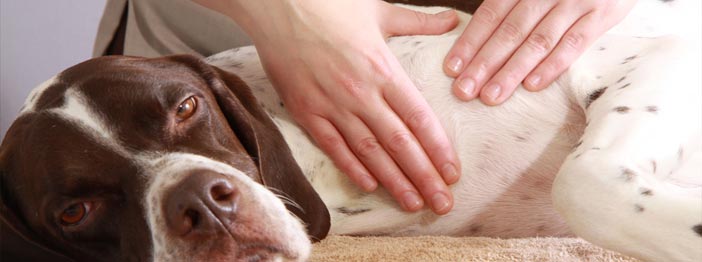
What Is It?
Elbow Dysplasia (ED) in dogs occurs when the articulation between the 3 bones that form the elbow (humerus, radius and ulna) do not articulate correctly and develop abnormally. There are 4 classifications of elbow dysplasia, although some sources consider arthritis to be a 5th. Commonly the disorder will be classified as one of the following.
- Fragmented Coronoid Process (FCP) – The most common form of ED, a small piece of bone becomes fragmented which irritates the joint and destroys the cartilage which may lead to early onset of arthritis
- Ununited Anconeal Process (UAP) – a fragment of bone develops separately from the growth centre and has failed to unite with the ulna during growth
- Osteochondrosis Dissecans (OCD) A piece of cartilage from the condyle of the humerus develops abnormally and becomes partially or fully detached from the bone’s surface resulting in inflammation and pain.
- Medial Compartment Disease (MSC) also referred to as Elbow Incongruity. A misarticulation of the bones leads to the cartilage wearing more rapidly, the underlying bone becomes exposed and the area becomes painful and inflamed.
Why Does It Happen?
- Breed predisposition
- Allowing puppies repetitive access up and down stairs
- Over exercise
- Jumping them too early as puppies e.g. in agility
- Obesity as a puppy
- Injury or trauma to the joint when the dog is still young
- Foreleg lameness
- Abduction of the elbow (out at the elbows)
- Standing ‘bow legged’
- Stiffness
- Flopping to the floor rather than a controlled down
- Reluctant to exercise
- Joint thickening/swelling
- Difficulty in navigating stairs
- Reluctant to jump out of car
- Reduced range of motion
- In some instances there are no clinical signs
- Pain management
- Addresses protective muscle splinting
- Addresses areas of overcompensation
- May improve range of motion depending on the severity of the ED
To find a therapist in your area, check out the “Find a Therapist” page






